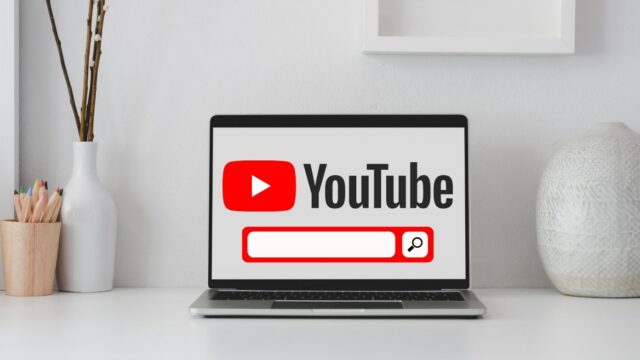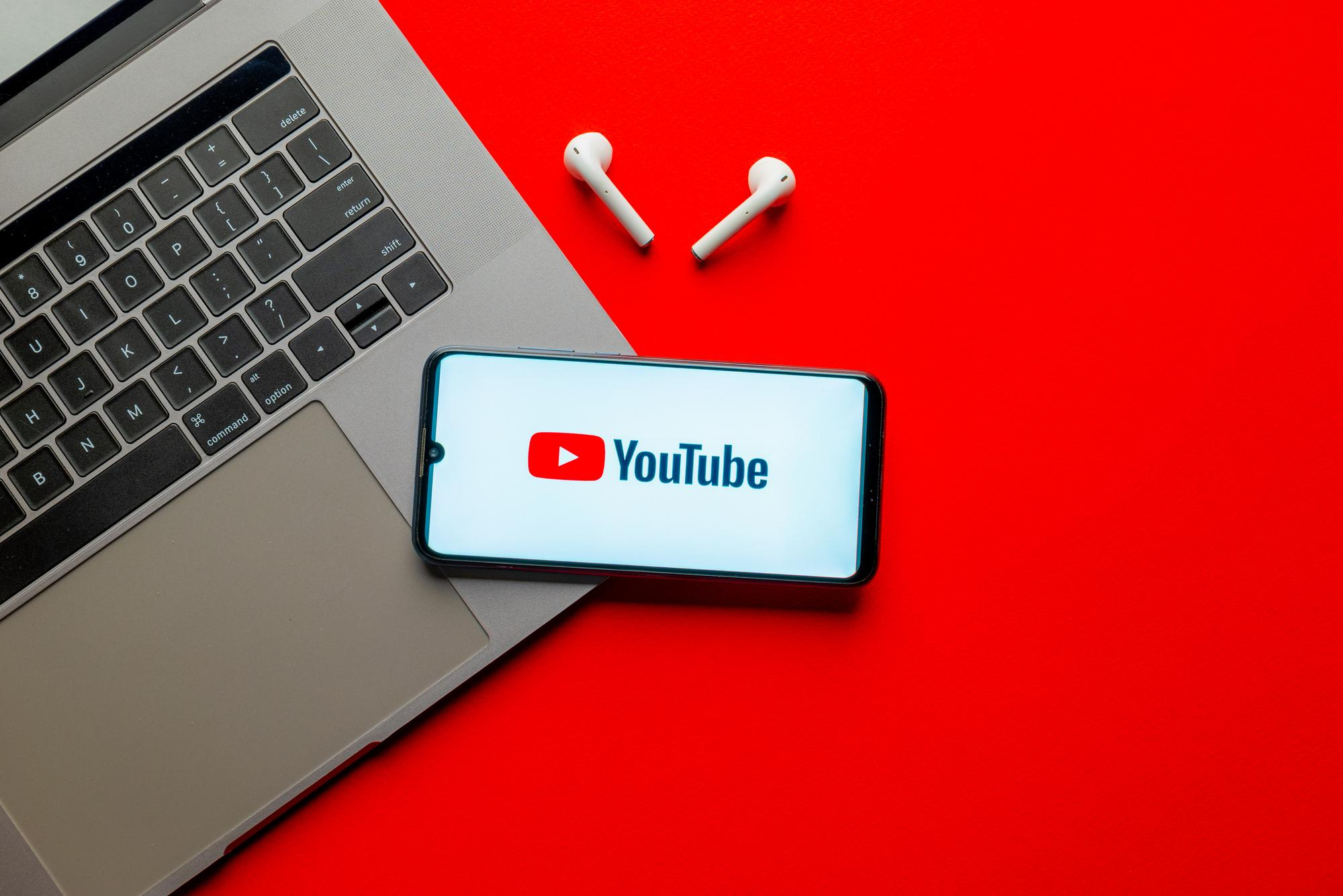YouTube is the second-largest search engine in the world, making it a powerful platform for content creators and marketers alike. With millions of videos uploaded daily, standing out in the crowded landscape is essential for attracting views and growing your audience. Optimizing your YouTube videos for search can significantly enhance your visibility, helping you reach your target audience effectively. This blog will explore essential strategies to optimize your YouTube videos for search.

Table of Contents
Toggle1. Conduct Keyword Research
Keyword research is the foundation of effective SEO. Identifying the right keywords helps you understand what your audience is searching for and allows you to tailor your content accordingly.
Tips for Keyword Research:
- YouTube Search Bar: Start typing a topic in the YouTube search bar and note the suggested searches. These suggestions reflect popular queries related to your topic.
- Google Trends: Use Google Trends to see how certain keywords perform over time. This tool helps you identify trending topics and related queries.
- Competitor Analysis: Analyze videos from your competitors that rank well. Look at the keywords they are targeting in their titles, descriptions, and tags.
2. Craft Engaging Titles
Your video title is one of the first things viewers see, so it should be compelling and keyword-rich.
Best Practices for Titles:
- Incorporate Keywords: Include your primary keyword in the title to help YouTube understand the content of your video.
- Be Descriptive: Use clear and descriptive language to inform viewers about the video’s content. Avoid clickbait, as it can lead to high bounce rates and negatively impact your rankings.
- Keep It Concise: Aim for titles that are around 60 characters or less to ensure they display fully in search results.
3. Optimize Video Descriptions
The video description is an opportunity to provide context and include relevant keywords.
How to Optimize Descriptions:
- Start Strong: Place your primary keyword within the first two sentences. YouTube often truncates longer descriptions in search results, so make the first few lines count.
- Provide Detailed Information: Use the description to summarize your video content, highlight key points, and include links to resources, social media, or related videos.
- Utilize Timestamps: If your video covers multiple topics, include timestamps in the description. This helps viewers navigate your video easily and improves user experience.
4. Use Relevant Tags
Tags help YouTube understand the context of your video and can improve its discoverability.
Tagging Strategies:
- Use Keywords: Include your primary and secondary keywords as tags. This reinforces the relevance of your content.
- Add Variations: Use variations of your keywords and related terms to cover different search queries.
- Limit Tagging: Aim for around 5-10 relevant tags. Avoid using irrelevant tags, as this can hurt your video’s ranking.
5. Create Eye-Catching Thumbnails
Thumbnails play a critical role in attracting clicks, which can improve your video’s performance in search results.
Tips for Thumbnails:
- Design Custom Thumbnails: Create visually appealing thumbnails that stand out. Use bold text and vibrant colors to capture attention.
- Include Keywords: If space allows, include your primary keyword or a short phrase related to your video content in the thumbnail.
- Maintain Consistency: Use a consistent style across all your thumbnails to build brand recognition.
6. Encourage Engagement
Engagement metrics, such as likes, comments, shares, and watch time, play a significant role in YouTube’s algorithm.
Ways to Boost Engagement:
- Call to Action (CTA): Encourage viewers to like, comment, and subscribe at the end of your videos. You can also ask specific questions to prompt comments.
- Respond to Comments: Engage with your audience by responding to comments. This shows that you value their input and encourages further interaction.
- Create Playlists: Group related videos into playlists. This keeps viewers on your channel longer and improves watch time.
7. Leverage Closed Captions and Subtitles
Adding closed captions and subtitles not only makes your content accessible to a wider audience but also helps with SEO.
Benefits of Captions:
- Improved Accessibility: Captions help viewers who are deaf or hard of hearing understand your content.
- Increased Watch Time: Subtitles can keep viewers engaged for longer, especially if they are non-native speakers or prefer watching videos with captions.
- Keyword Inclusion: Captions include spoken words that can be indexed by search engines, enhancing your video’s relevance.
8. Promote Your Videos
After optimizing your videos, promoting them is essential to increase views and engagement.
Effective Promotion Strategies:
- Share on Social Media: Post your videos on platforms like Facebook, Twitter, Instagram, and LinkedIn to reach a wider audience.
- Embed Videos on Your Website or Blog: Incorporate your videos into relevant blog posts or web pages to attract traffic from your existing audience.
- Collaborate with Other Creators: Partnering with other YouTubers can help you reach new audiences and increase your visibility.
Conclusion
Optimizing your YouTube videos for search is crucial for increasing visibility, attracting viewers, and building a loyal audience. By conducting thorough keyword research, crafting engaging titles and descriptions, utilizing tags, creating eye-catching thumbnails, encouraging engagement, and promoting your content, you can significantly enhance your chances of ranking higher in search results. As you implement these strategies, remember that consistency is key; the more you optimize and promote your videos, the better your results will be over time. Start optimizing your YouTube videos today, and watch your channel thrive!


No responses yet